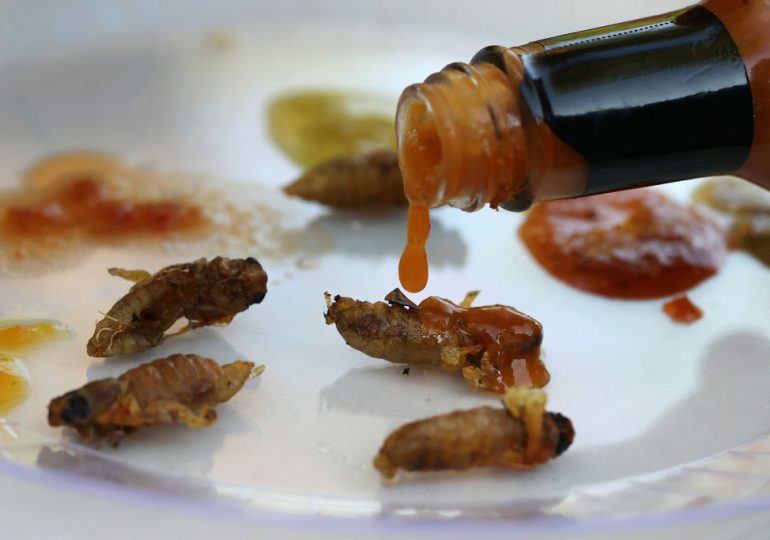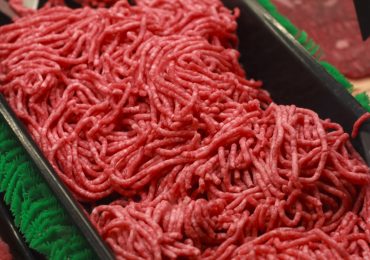Get ready to see cicadas everywhere.
More than a trillion of the critters are expected to surface in parts of the United States this year in a rare co-emergence event the likes of which hasn’t been seen in over two centuries.
Known for their deafening mating calls, which can be as loud as lawnmowers, cicadas emerge after more than a decade underground, offering a tasty meal to birds—and even the occasional human.
[time-brightcove not-tgx=”true”]
That’s right, cicadas, like many insects, have been hailed as an eco-friendly and high-protein alternative to poultry and cattle. They’re low in cholesterol, crunchy, and carry what has been described as a nutty flavor and shrimp-like quality. Restaurants have featured the bugs in experimental menus, while several cookbooks have even been published dedicated to recipes involving cicadas.
So if you’re interested in seeing cicadas on your plate this year, here’s what to know about how to get started.
Step one: catch them
Cicadas can typically be found in woody places, such as near trees and shrubs—though for hygiene reasons, experts warn against collecting cicadas for food in locations that may have pesticide or litter. You can even start looking in your own backyard.
However, you should try to be selective. Freshly emerged cicadas from the ground may not make for the tastiest snack. It’s best to wait for them to molt, shedding their former shells to be clean and soft, chef Joseph Yoon told Popular Science in 2022. But once they’ve molted, you might want to hurry up with the collection—the older that cicadas get, the less muscle mass they’re likely to have, making them less tender and juicy. Yoon also warned against eating dead cicadas, which could have already begun decomposing.
And don’t worry about getting hurt: while cicadas’ legs and claws may be prickly to the touch, they do not bite or sting. You can gently pick them up, pinning their wings to their body with your thumb and forefingers, then collect them in a bag or container.
Step two: clean them
Janna Jadin, author of Cicada-Licious: Cooking and Enjoying Periodical Cicadas, recommends freezing cicadas after catching them, as a convenient way to kill and store the insects.
After removing them from the freezer, Jadin also recommends, you can boil the cicadas to get rid of any microbes before cooking. (Washing your hands regularly would also be advisable. “It is important to handle them as if you would a piece of raw chicken or shelled eggs,” Toby Amidor, a nutrition consultant, told Food Network in 2021.)
Alternatively, you can boil cicadas immediately after catching them.
Step three: cook them
Cicadas have been utilized in cuisines across the world, eaten in ancient Greece and Rome and long enjoyed as a traditional delicacy in Thailand and Congo.
There are all sorts of creative ways to incorporate cicadas into a meal. They work on their own—some say best air-fried—or as additions to dishes like curry and pasta. Some people grind the bugs up and mix the powder into bread or use it to garnish the rim of a drink glass, like salt on a margarita. Social media has become a treasure trove of recipes, and you can even take inspiration from your zodiac sign.
But before sinking your teeth into cicadas, experts warn that people with shellfish allergies—or who should typically avoid shellfish, such as pregnant women or young children, or those at risk for gout—should steer clear of eating cicadas, which are actually a derivative of shellfish.
Leave a comment








